Introduction to speed up your WordPress blog
In today’s fast-paced digital world to speed up your WordPress blog, the speed of your WordPress blog can make or break its success. Visitors expect your site to load quickly, and when it doesn’t, they’re likely to leave, seeking information elsewhere. A slow-loading blog not only frustrates your audience but also hurts your search engine rankings. Google places a strong emphasis on page speed as part of its ranking algorithm, meaning that sluggish performance could keep your blog buried in search results. To stand out in 2024, it’s essential to speed up your WordPress blog, ensuring that you provide a seamless experience for both visitors and search engines.
When you speed up your WordPress blog, you’re not just catering to user preferences—you’re also building trust and credibility. Fast websites feel more professional, and when users can navigate your pages without delays, they’re more likely to engage with your content and come back for more. Moreover, a faster site reduces bounce rates, which is critical for retaining visitors and improving conversions. Whether you’re running a personal blog or a business site, speed matters. It shows your audience that you value their time and enhances their overall user experience.
Additionally, speeding up your WordPress blog boosts your SEO performance. Google and other search engines favor fast sites because they offer better user experiences. This means that when you focus on optimizing speed, you’re not only keeping your audience satisfied but also boosting your chances of ranking higher in search results. By following proven strategies to speed up your WordPress blog, you’re making a long-term investment in your site’s success, driving more traffic, engagement, and conversions over time.
1. Choose a Good Hosting Provider
Description: Your hosting provider plays a significant role in your site’s speed. Opt for a hosting service known for its performance and reliability. Consider providers that offer SSD storage, which can speed up data retrieval and improve load times. to spped up your wordpress blog.
Benefits:
- Faster server response times.
- Reliable uptime and support.
- Enhanced performance with SSD storage.
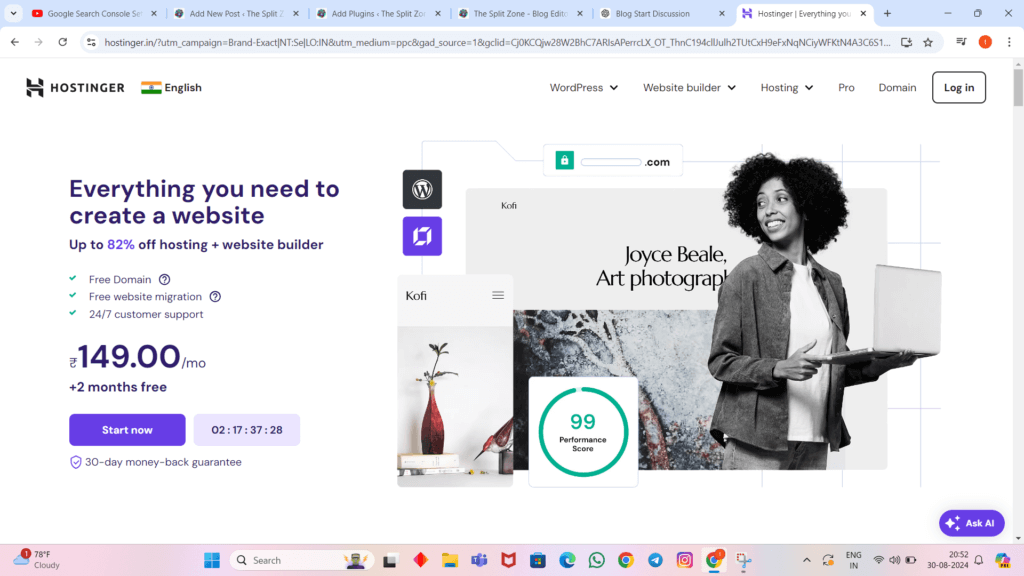
2. Use Caching Plugins
Description: Caching plugins generate static versions of your pages and serve them to users, reducing the load on your server. Popular caching plugins like W3 Total Cache or WP Super Cache can significantly speed up your site.
Benefits:
- Reduces server load by serving cached pages.
- Improves page load times.
- Easy to configure with minimal impact on server resources.
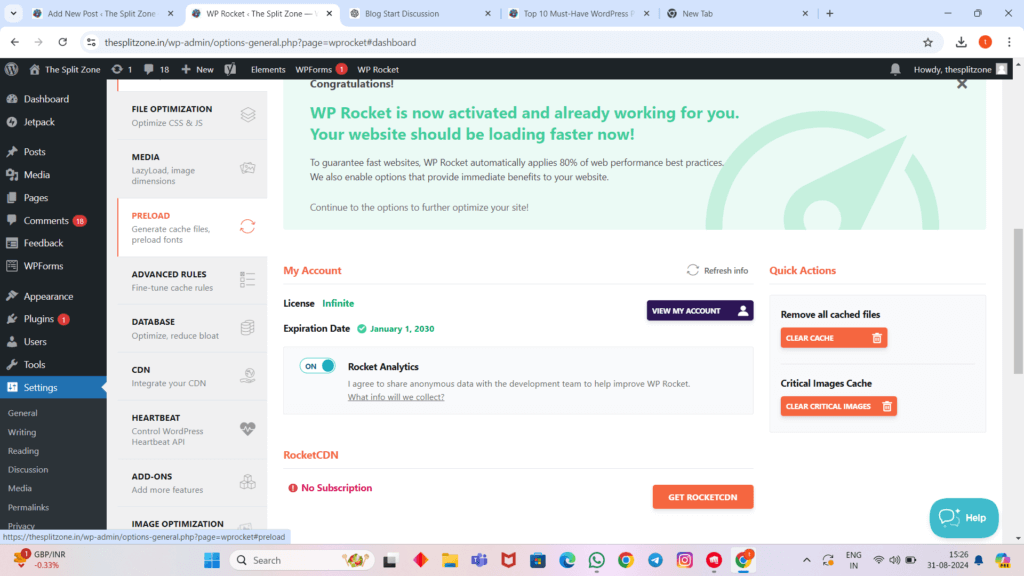
3. Optimize Images
Description: Large images can slow down your site. Use image optimization plugins like Smush or ShortPixel to compress and resize images without sacrificing quality. This reduces file size and improves loading times. speed your WordPress blog
Benefits:
- Faster image loading.
- Reduced overall page size.
- Better user experience and improved SEO.
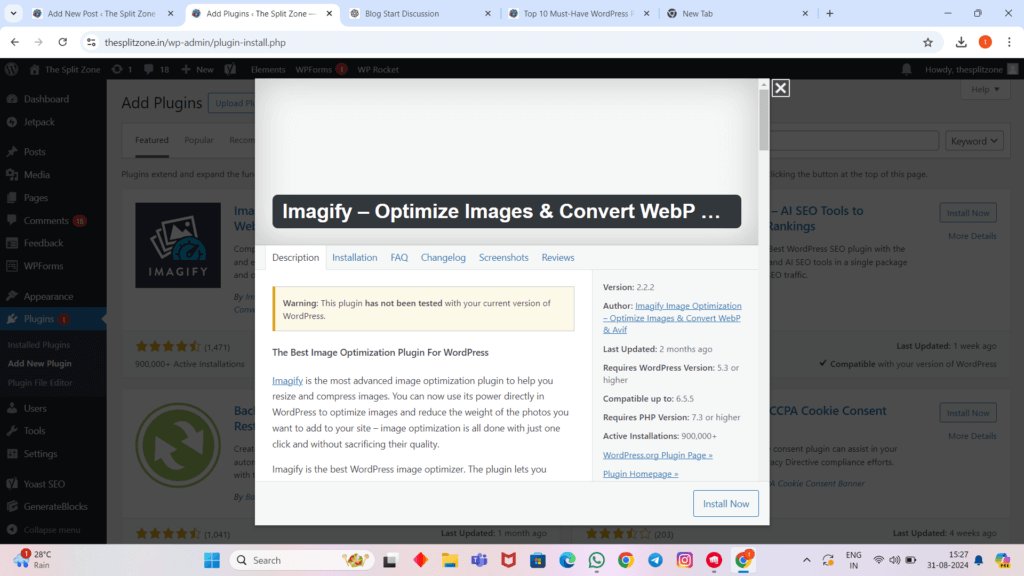
4. Minimize Plugins and Scripts
Description: Too many plugins and heavy scripts can slow down your site. Evaluate your plugins and remove any that are unnecessary or redundant. Combine and minify CSS and JavaScript files to reduce their load time. speed your WordPress blog.
Benefits:
- Reduced number of HTTP requests.
- Faster page rendering.
- Improved overall site performance.
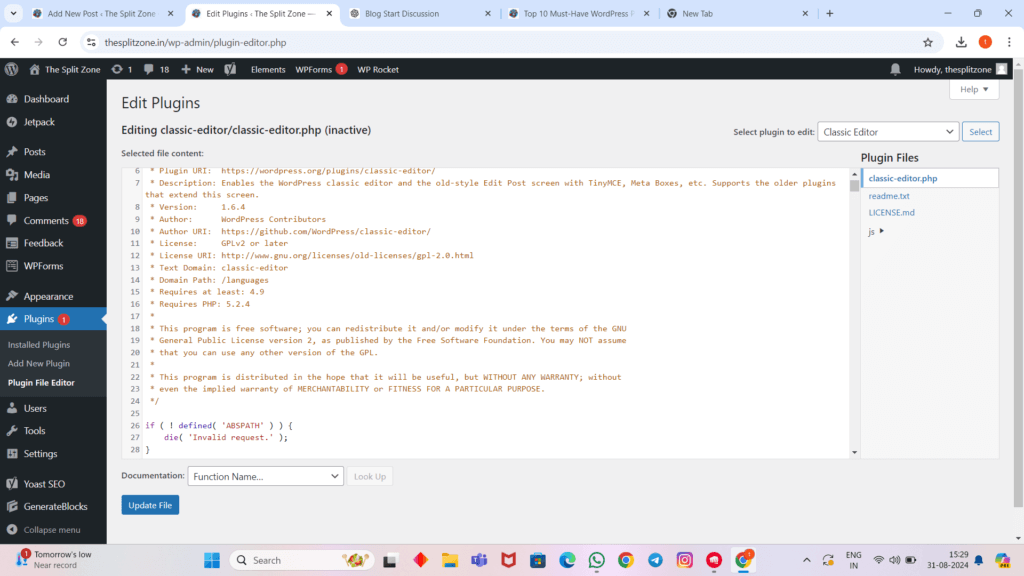
5. Enable Lazy Loading
Description: Lazy loading delays the loading of images and other media until they are in the viewport. This means that only the images visible to the user are loaded initially, which speeds up the page load time. speed your WordPress blog
Benefits:
- Faster initial page load.
- Reduced bandwidth usage.
- Improved user experience, especially on mobile devices.
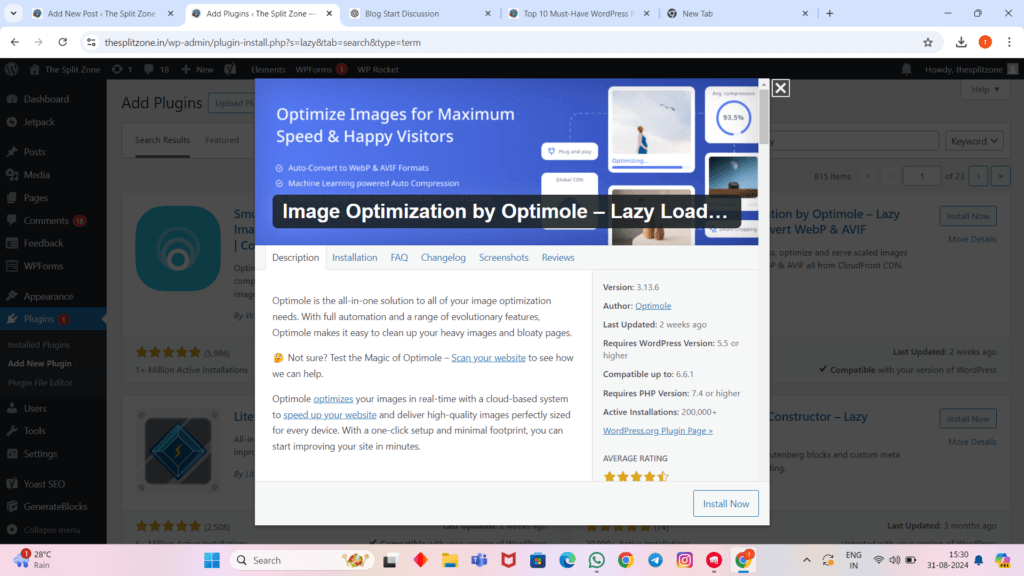
6. Optimize Your Database
Description: Over time, your WordPress database can become cluttered with unnecessary data. Use plugins like WP-Optimize to clean up and optimize your database, removing old revisions, spam comments, and transients. speed your WordPress blog
Benefits:
- Faster database queries.
- Reduced database size.
- Improved overall site performance.
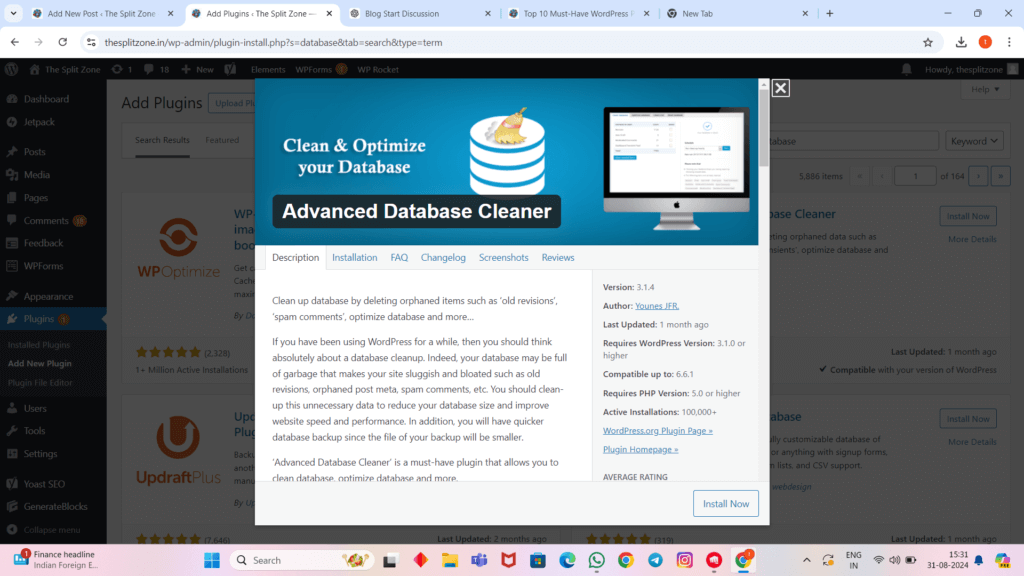
7. Use a Content Delivery Network (CDN)
Description: A CDN distributes your site’s static files (like images and CSS) across multiple servers worldwide. This reduces the distance between the user and the server, speeding up content delivery. speed your WordPress blog
Benefits:
- Faster load times for global users.
- Reduced server load.
- Improved site performance during high traffic.
8. Enable GZIP Compression
Description: GZIP compression reduces the size of your web files before they are sent to the browser. This reduces the amount of data transferred and speeds up the loading process. speed your WordPress blog
Benefits:
- Reduced file sizes for faster transfers.
- Improved page load speeds.
- Enhanced user experience.
9. Keep Your Site Updated
Description: Regular updates to WordPress core, themes, and plugins can fix bugs and improve performance. Ensure you keep everything up to date to benefit from performance enhancements and security fixes. speed your WordPress blog
Benefits:
- Improved site performance with the latest updates.
- Enhanced security with patched vulnerabilities.
- Better compatibility with new technologies.
10. Monitor Your Site’s Performance
Description: Regularly monitor your site’s performance using tools like Google PageSpeed Insights or GTmetrix. These tools provide insights and recommendations for further optimization. speed your WordPress blog
Benefits:
- Identify performance bottlenecks.
- Get actionable recommendations for improvement.
- Track the impact of optimizations over time.
Conclusion
Speeding up your WordPress blog is essential for providing a great user experience and improving your search engine rankings. By following these proven tips, you can enhance your blog’s performance and ensure that your readers have a fast and enjoyable experience. Implement these strategies today and see the difference in your blog’s speed and efficiency!
In today’s fast-paced digital world, the speed of your WordPress blog can make or break your success. By implementing the proven tips we’ve discussed, you’ll be well on your way to improving your website’s performance, offering a better user experience, and boosting your SEO rankings. Whether it’s choosing reliable hosting, optimizing images, or using a caching plugin, each step will help speed your WordPress blog effectively.
Remember, optimizing your site is not a one-time task but an ongoing process. Regularly check your blog’s performance with tools like GTMetrix and Google PageSpeed Insights, and stay proactive in making necessary updates. As you speed your WordPress blog, you’ll notice a direct impact not just on traffic and engagement, but also on overall user satisfaction.
Take the time to apply these strategies, and you’ll see long-term benefits that help your blog stay ahead in 2024 and beyond.


